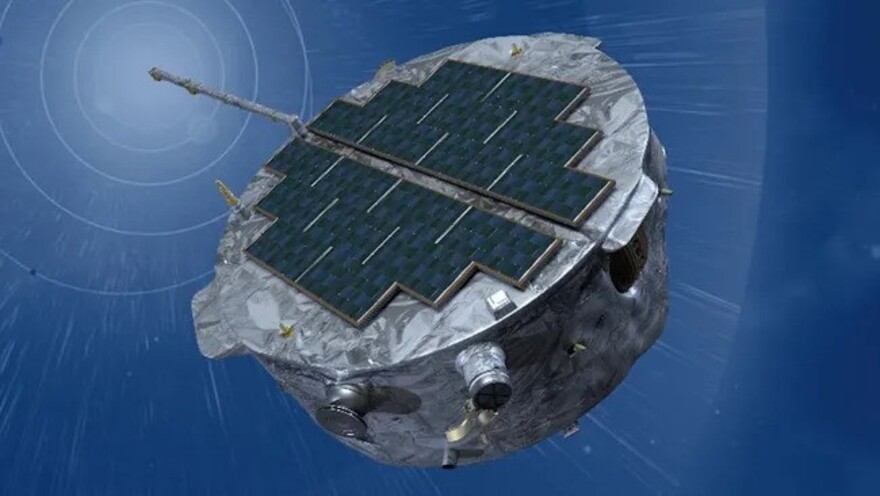NASA plans to launch an automated IMAP probe into space. It will study cosmic dust particles flying into our Solar System from the outside. The launch is scheduled for May 2025.

IMAP probe is being prepared for launch
In 2025, the Interstellar Mapping and Acceleration Probe (IMAP), developed by NASA, is due to go into space. It will travel to the L1 point of the Earth-Sun system. The main purpose of this space program will be to study the heliosphere.
The heliosphere is a spherical bubble around our Solar System, in which the pressure of the solar wind is felt — a variety of particles flying in all directions from our luminary. For this purpose, the IMAP will carry 10 scientific instruments.
One of them is the large Interstellar Dust Experiment (IDEX). This device is shaped like a drum and is designed to capture and analyze tiny dust particles from space that overcome the resistance of the solar wind and penetrate through the heliosphere into our Solar System.
Why study cosmic dust?
Previously, scientists considered cosmic dust that was scattered in interstellar space to be a bad thing. After all, it closes off part of the light of distant luminaries from us. However, they now believe that these tiny solid particles can tell a lot about them. Because each of them was born close to another sun.
However, it is extremely difficult to do this because, in order to overcome the barrier of the heliosphere, dust must have high energy. As a result, the particle velocity is 160 thousand km/h. However, IMAP will be able to cope with it.
Scientists hope that IMAP will help them understand the chemical composition of the early Solar System. Of course, the particles that have been flying towards us from other stars for millions of years are not exactly what planets once formed from, but they are the most similar thing to that substance that we can explore.
According to www.space.com
Follow us on Twitter to get the most interesting space news in time
https://twitter.com/ust_magazine


